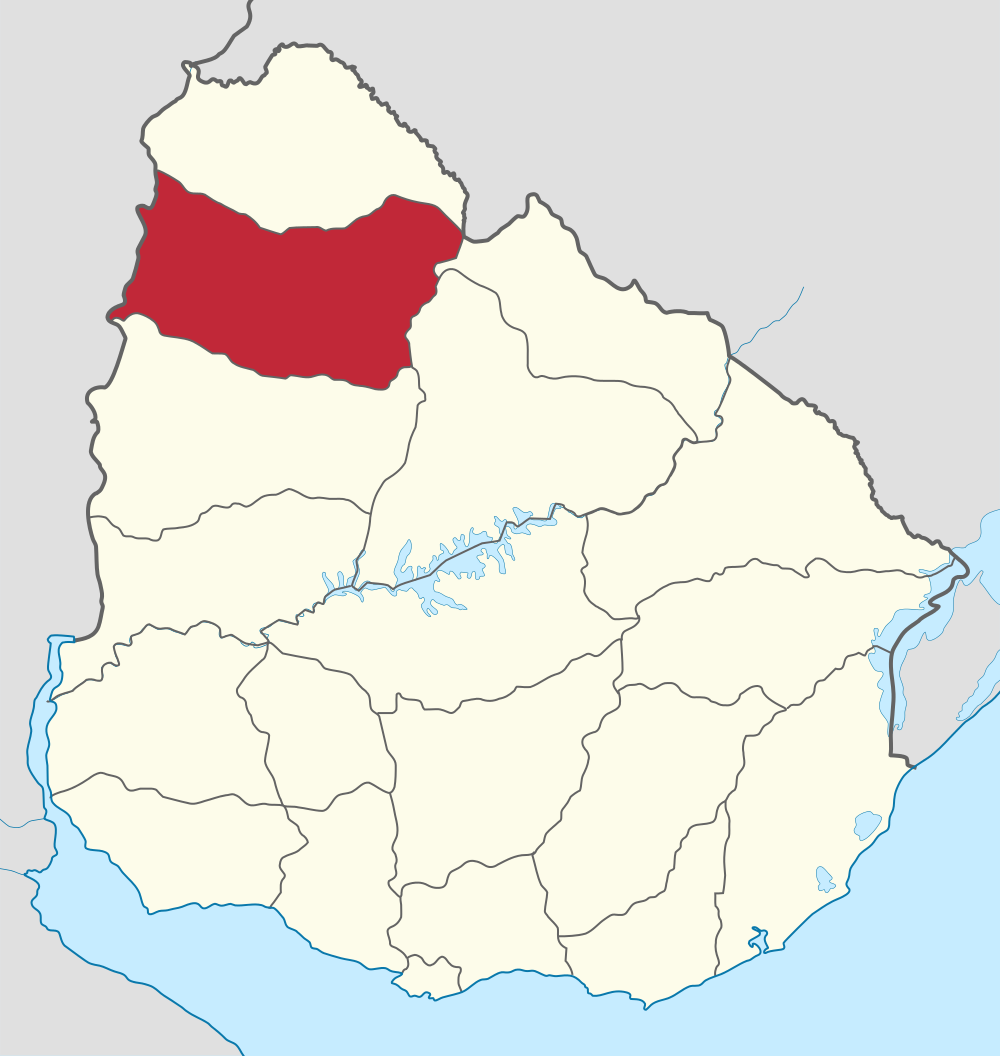RIO DE JANEIRO, BRAZIL – The figures are alarming. Child poverty grew by 44% in 2020 in northern Uruguay, specifically in the department of Salto. There was “an exponential growth of child poverty,” assured the director of the Uruguayan Institute for Children and Adolescents (INAU), Natalia Argenzio.
The mayor of this department, Andrés Lima, confessed that although he did not know the exact number of children and adolescents living in child poverty, he was aware of the situation.
Read also: Check out our coverage on Uruguay
The Municipality collaborates with the delivery of 44,000 plates of food per month throughout the department. “Both in the municipal canteens that are attended jointly with the Army and the Mides (Ministry of Social Development), as well as in the different soup kitchens and picnic areas that are active in the city,” Lima said according to El País.

The municipal aid is 250,000 Uruguayan pesos (almost US$6,000) which are given to groups of community kitchens and picnic areas to distribute 11,000 plates of food every week. This agreement was signed in August 2021.
Last week two of these collectives were demonstrated during the visit of President Luis Lacalle Pou to the department. They demanded more assistance from the Ministry of Social Development.
Mides, for its part, issued a statement informing about the number of donations made: 20,000 households in the north of the country are direct beneficiaries of the programs planned by the Ministry and almost 40% of them are from the department of Salto.
For Natalia Agrenzio, INAU “supports all early childhood development”. However, she added that “when we look at the projects we have in Salto to increase coverage, they are very few.”
The director of INAU asked to work on “proposals that strengthen the agreements, that go beyond specific experiences.” She spoke about the importance of supporting “adolescent graduation” from public high schools and secondary educational institutions, which is part of incorporating young people into the labor market. She also mentioned that it is necessary to “protect families so that they do not lose the capacity to protect and care for them”.
The child poverty figure is worrying, but it is not the only one. In 2019, data from the National Institute of Statistics (INE) showed that 49.4% of people in this department had at least one unsatisfied basic need. This positioned it as the department with the second-highest proportion in this indicator.
At the same time, 5.9% of households in Salto were below the poverty line.
The labor market, now with data from 2020, is not in a different situation. Activity and employment figures are below the country’s average. And the unemployment rate is the highest of all: 12.2%.
In July 2020, 39 soup kitchens were operating daily in Salto throughout the department. With a population of 125,000 inhabitants, 6,000 were fed only through the organizations that distributed food.
But the total number of plates distributed per week was greater: 10,000, without counting the 5,000 distributed by the Army at the time.

